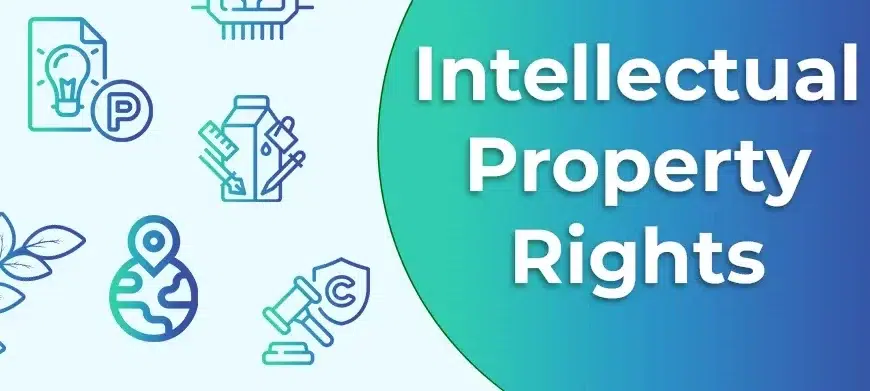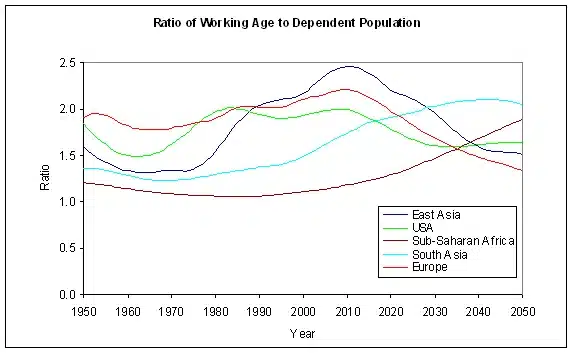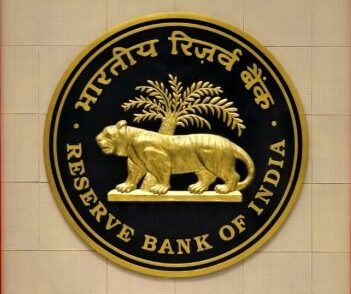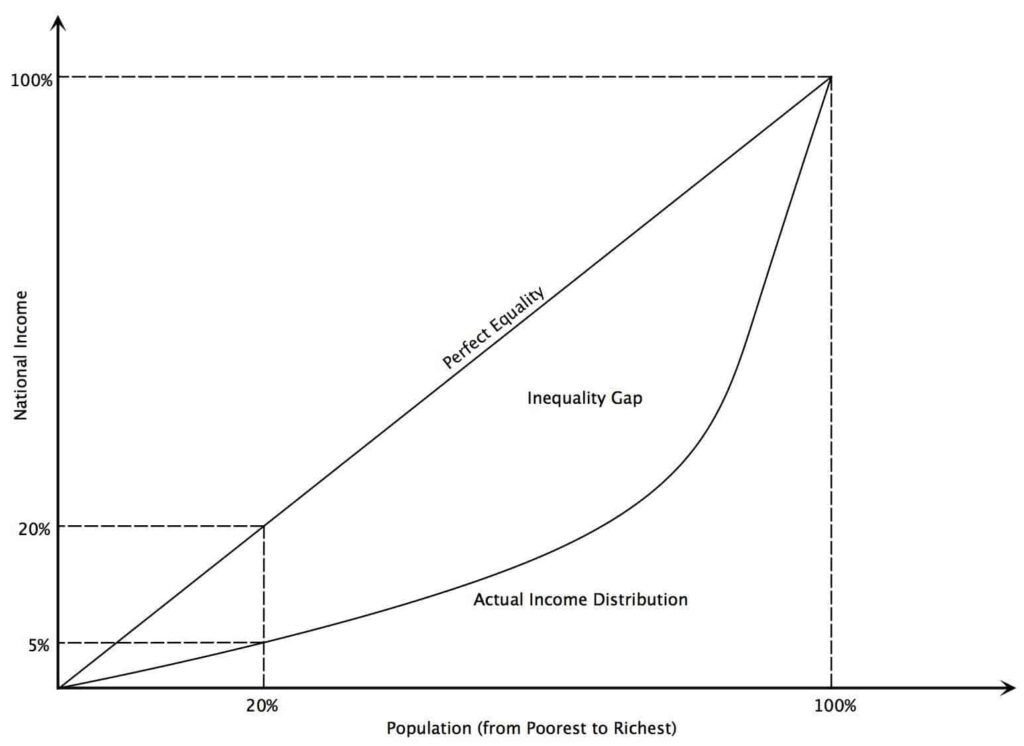Circular Flow Of Income In An Economy
- The modern economy is a monetary economy. Money changes hand from one sector to another.
- The Household sector supplies their services like labour, land, Capital and entrepreneurial abilities to firms and receives payments in return in terms of money.
- In the first stage of the model, the Household sector provides their services of labour, land, capital and entrepreneurial skills to the Business firms.
- In the second stage, the Business firms pay back in monetary terms to the Household sector in the form of Wages, Rent, Interest and Profits.
- In the third stage, the money received by household is spent on the goods and services produced by the firms in the form of consumption expenditure. At the same time, the Firms provides their goods and services to the Household in return for the money.
- Thus, we see, that money flows from business firms to households as payments for a factor of production (Labour, Land, Rent and Entrepreneurial skills), and then it flows from Household to firms when Household purchased goods and services produced by the firms. This money flow is called circular flow of income.
Saving and Investment in the Circular Flow
- Along with consumption, the household also saves part of their money.
- When Household saves, their expenditure on purchase of goods and services decline. The decline in the purchase will result in a decline in money received by firms. This will result in less money flow to the household as the firms will reduce hiring and production operations. Thus, saving act as a leakage from the economic system.
- But the important question to ask is, where will savings go in the economy?
- The savings in the economy does not lead to any reduction in aggregate spending and income as the savings flows back into the economic system through Financial Markets (Banks, Stock markets, insurance etc.)
- From Financial Markets, the savings flows back to the Business firms who borrow them and invest it into new forms of investments.
- Thus, the saving which is a leakage in the system also flows back into the system through investment by a firm which acts as injections.
Government Sector in the Circular Flow
- Government affects the economy in a number of ways. The main components of government intervention are in the form of taxes, spending and borrowings.
- Government purchase goods and services just as household and firms do.
- Government financed its expenditure through taxes and borrowings.
- The money flow from Household and firms to the government is in the form of taxes.
- The other form of money flow from Household and firms to government is in the form of Borrowings through financial markets.
- The Government pay back to household and firms in the form of provision of public goods like health, education, Policing, National Defence etc.
Also refer :








